Interview by Product Head
Join
Sameness with Lisa Apers
March 01, 2024
Lisa is intense. You can see it in her eyes through the computer screen as she browsed the ≈ 10 people participating in her DUID workshop. You get the feeling that she's the type of person that has a destination in her mind, she's precise and brief.
The digital manifestation of a classroom felt safe in the presence of Lisa — there she was, ready to help us. Respectfully using Zoom's 'raise hand'-function as to not disturb the ongoing discussions. Seems she knew the discussions were the product of her doing.
As she joins the breakout room I was participating in, I saw her, the others did not, at least that's what I believe since none of my fellow (room)-mates acknowledged her presence and continued to speak. I didn't say anything. Would she interrupt and disturb us? She passed the test with high remarks. She joined as an observer. Not a disruptor. "Lisa", I said. She spoke. "I just wanted to let you know that we'll jump back in the main room in 5 minutes", promptly leaving.
Antwerpen is located in the upper parts of Belgium. They call the people there The Flemish. Stores in the Diamond District, a small orthodox jewish community, of Antwerpen close their doors on Saturdays for the sabbath. Retracting from their commercial duties and take time off. 10 years ago, in 2014, Lisa graduated from the University of Antwerpen with a master's degree in Productontwikkeling.
9 years later, Lisa initiates her work on DUID.
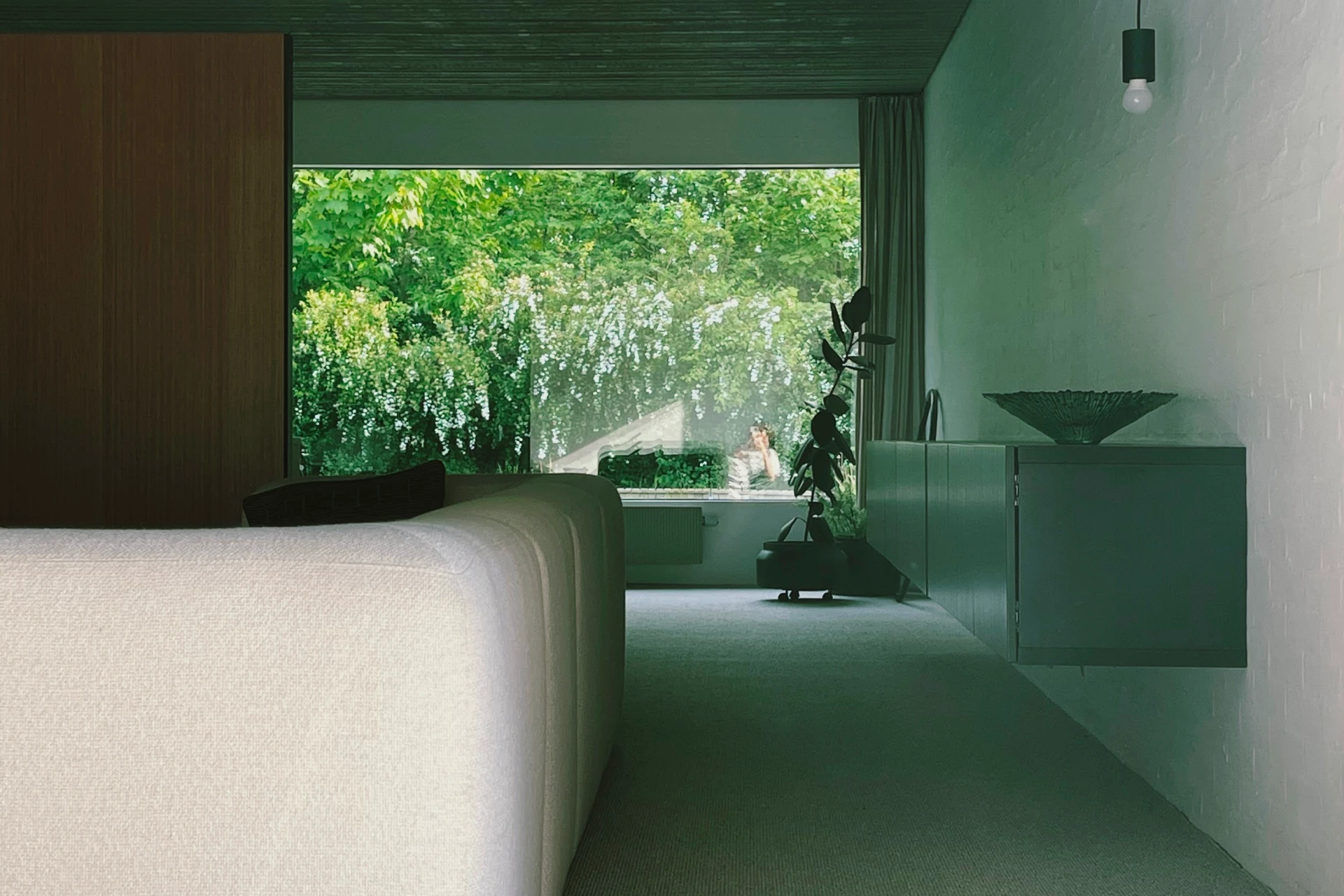
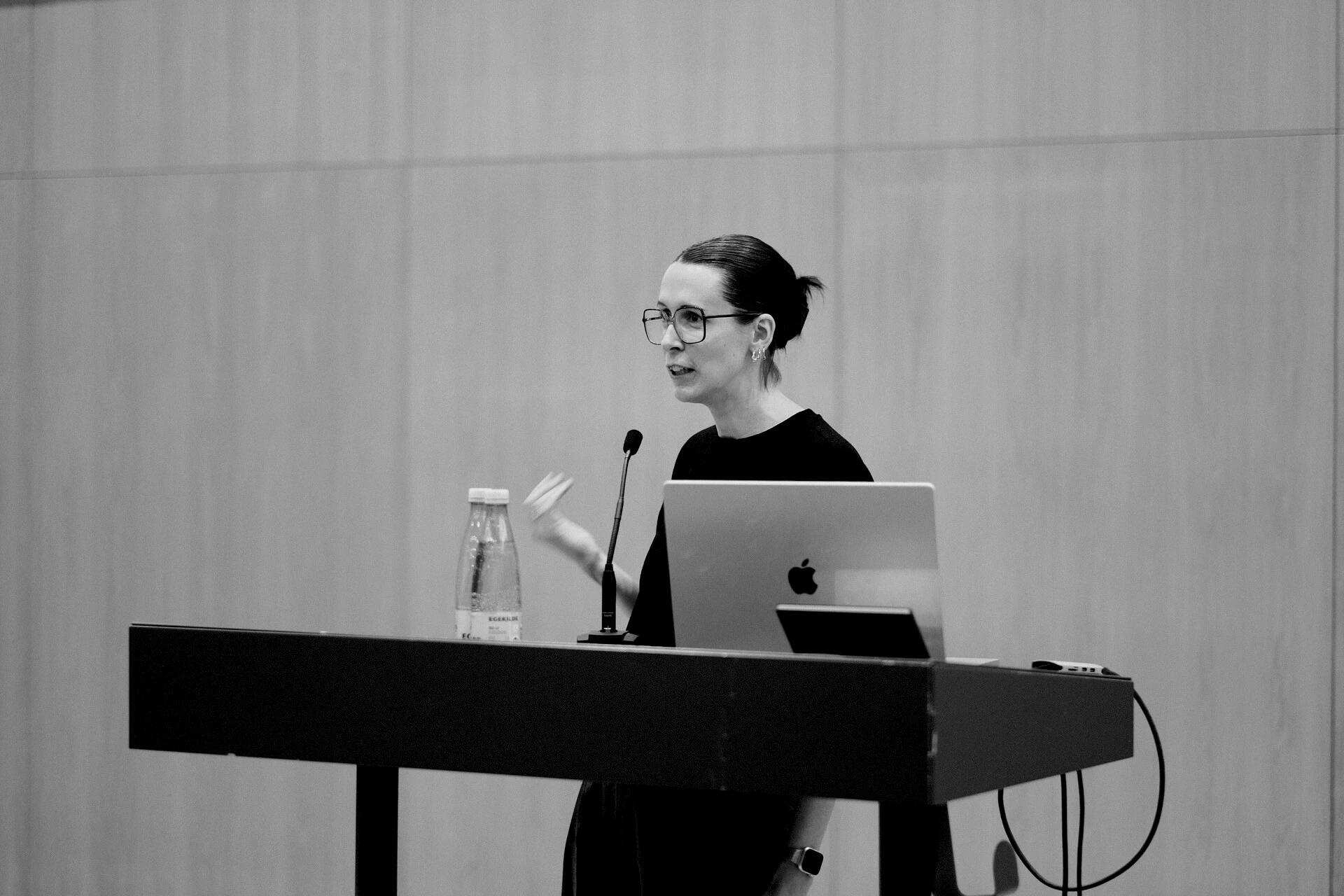
Hey Lisa. Thank you for taking the time. Could you give me a rundown of who you are: Name, age, current location, education, extra that you think matters to mention.
Sure! My name is Lisa, I am originally from Antwerp (Belgium) and I moved to Denmark in 2016 where I now split my time between Lolland and Copenhagen. I am a digital experience designer and I design everything from digital brands to websites and from digital products (UX and UI) to design systems. I'm aware, this seems like a lot, but in my practice, a good user experience starts with the first interactions between users and a brand, all the way down to the tiniest product nuances. Being able to sculpt that entire journey is what I love most about my job. I collaborate a lot with start ups and scale ups, but I also love partnering with agencies, institutions or art initiatives. I've been doing this for a decade and since May 2023 I started my independent practice to be able to tap back into the craft on deeper levels.
... product designers are caught in a "done-is-better-than-perfect" loop
Lisa Apers on the state of Product Design

So you're in love with sculpting, taking the lead, is that fair to say? Did that play a part in kickstarting your own practise?
Yes, definitely. It's to really embrace the craft of digital experience design. I've been in a few leadership roles only to realise my focus had strayed, leaving me feeling a bit adrift. It definitely taught me that career ladders and fancy titles aren't the essence of happiness when they steer you away from what truly ignites your passion.
On another note, I've also grown an interest in design fiction and speculative design. Not just about envisioning the future aesthetics and behaviours of digital design, but also about unraveling what that future narrative might hold for our craft as a profession.
Now that I'm independent, I combine both client projects with design research projects. I strongly believe the combination of both creates an interesting tension between what's achievable today and what holds potential for tomorrow. It's my not-so-secret-anymore ingredient for crafting more imaginative outcomes in every project.
You mention you hang around Copenhagen quite a lot. What do you like about the place?
When I'm in Copenhagen I love meeting with people, of course also the bakeries and coffee shops and the simple fact that there is always something to do, from art shows to exhibitions or even sample sales. Also the second hand market is pretty strong in Copenhagen, at least when it comes to fashion. One last thing I love about Copenhagen as opposed to bigger cities is that everything is within walking distance. Something I easily take for granted.
Would you stay in Copenhagen if you were given an opportunity to go to where you want to be?
I'm not sure, even though there is always something to do, I do miss more diversity in people, cultures and also events and it is sometimes challenging to find that. Like, where are the creative female entrepreneurs or those co-working spaces that break the mold? Besides that, Copenhagen could still do a lot better with more space for recreation in the city landscaping, it's not a particularly relaxing place for me to be. Again, Copenhagen is a pretty amazing place, but it's always healthy to keep an open mind.
Let's talk design for a bit. What's your impression of today's design (product) landscape?
Alright. The landscape of brand and web design is charting new territories, especially with the influence of creative coding and accessible tools like Spline, Webflow, Framer and AI.
However, when it comes to product design, it feels like we're lagging behind. The democratization of product design, led by platforms like Figma, has made design more accessible than ever. It's a double-edged sword though. While it empowers everyone to dive into design, it sometimes sidelines true design thinking for pixel pushing and rushed product launches.
Now, don't get me wrong—I'm all for Figma and obsessed with design systems. But it's crucial that these tools don't become a compromise to crafting remarkable product experiences. Instead, they should enable designers to tackle the real challenges head-on, not just serve as shortcuts. Unfortunately, what I've noticed is a homogenisation of products—similar looks, familiar interactions—think tables, lists, cards… Even worse, product designers are caught in a “done-is-better-than-perfect” loop, burning themselves out while not even doing the work that truly matters.
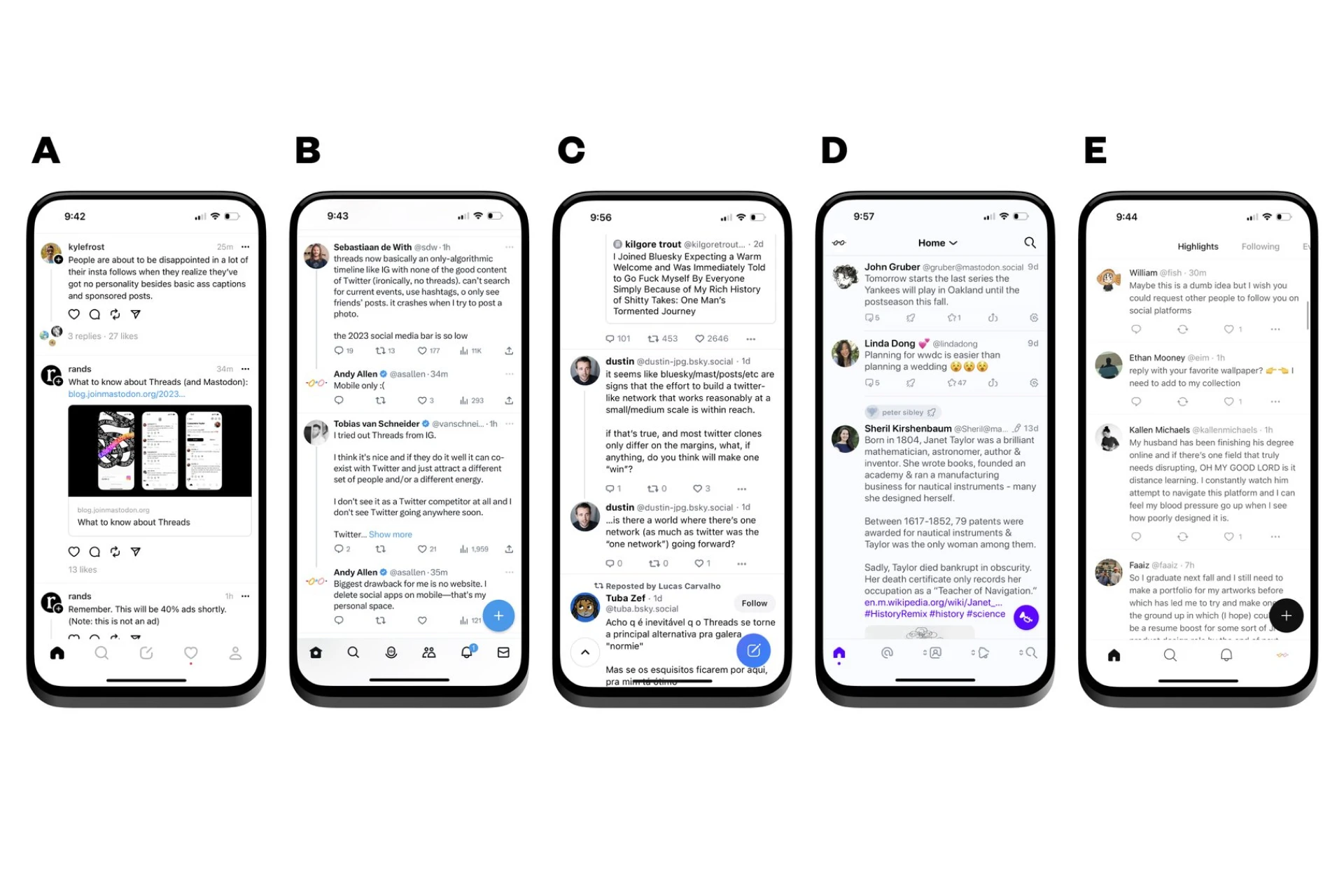
Luckily, I'm discovering more voices and movements pushing back against this trend, and I'm hopeful this momentum will continue. Especially with AI integrating our processes, reinstating the human touch in design thinking is going to be paramount.
Where do you escape to?
Lolland and Hogwarts.
Hogwarts? As in Harry Potter?
Yeah. Last year, a friend introduced me to the realm of PlayStation. Surprising as it may sound, I'd never dabbled in games before. Now, after some serious muscle memory development (yes, those controls took some getting used to), I'm peeking into a whole unexplored domain for UX and UI design.
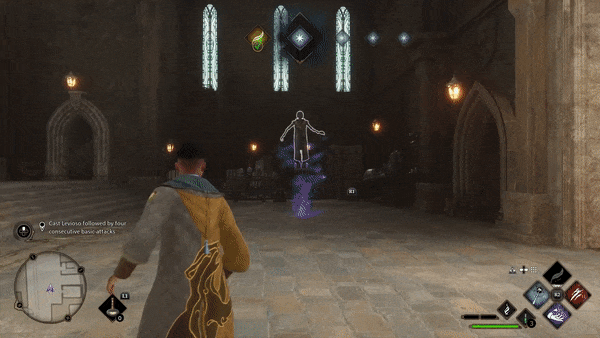
Figma as a design tool has changed the way we design and build our products. By using a game engine and principles from multiplayer games, we can now co-create live on a digital canvas. I'm very excited to see other apps picking this up as well such as AMO or anything developed by Ustwo.
I can't wait to delve deeper into this space and infuse it into more traditional product design as well. I'm not talking about game principles to hook users on our products. I'm talking about how users interact with products drawing inspiration from the gaming world. Especially in the B2C market I see tremendous untapped potential.
And then there's Lolland.
When it comes to Lolland, it's a strong contrast with Copenhagen. Life there follows a simpler, slower rhythm. It's been a refuge after some turbulent years, offering the space I needed to regain balance while staying within doable reach of Copenhagen's energy.
Down there, I've started experimenting with sourdough and growing my own vegetables. There's an undeniable tranquility in the slowness of growth. It's a sentiment I'm learning to weave into my work, especially in the fast-paced world of tech. Trusting the process, allowing ideas the time to bloom—it's a philosophy that often brings unexpected results.
Hogwarts. Sourdough. Where does this come from? Who did you look up to as a child?
Pippi Longstocking.
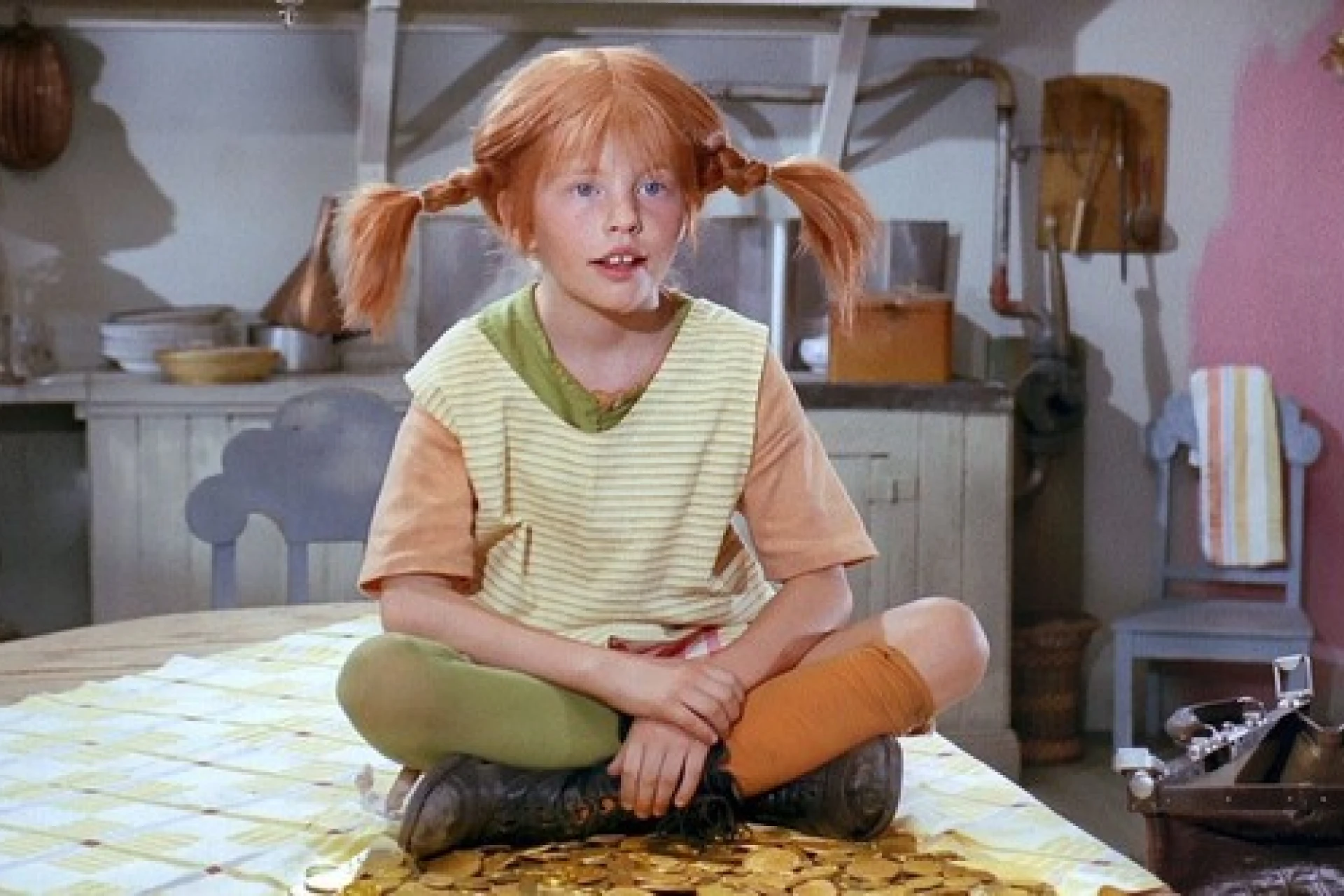
What makes her worthy of looking up to?
She is free spirited, not biased by peoples judgement or expectations, and follows her own intuition. In the way she lives, thinks and acts. I've always admired that and it is something that I'm striving for. One of my favourite quotes:
"I have never tried that before, so I think I should definitely be able to do that."
Pippi Longstocking
This genuine childlike curiosity is for me invaluable in life.
DUID
In this part of the interview Lisa and I are going over her project: DUID.
When did you start working on DUID?
It has been something that has been lingering in my head for some time but it wasn't until September 2023 that I finally carved out dedicated time to kick-start this project.
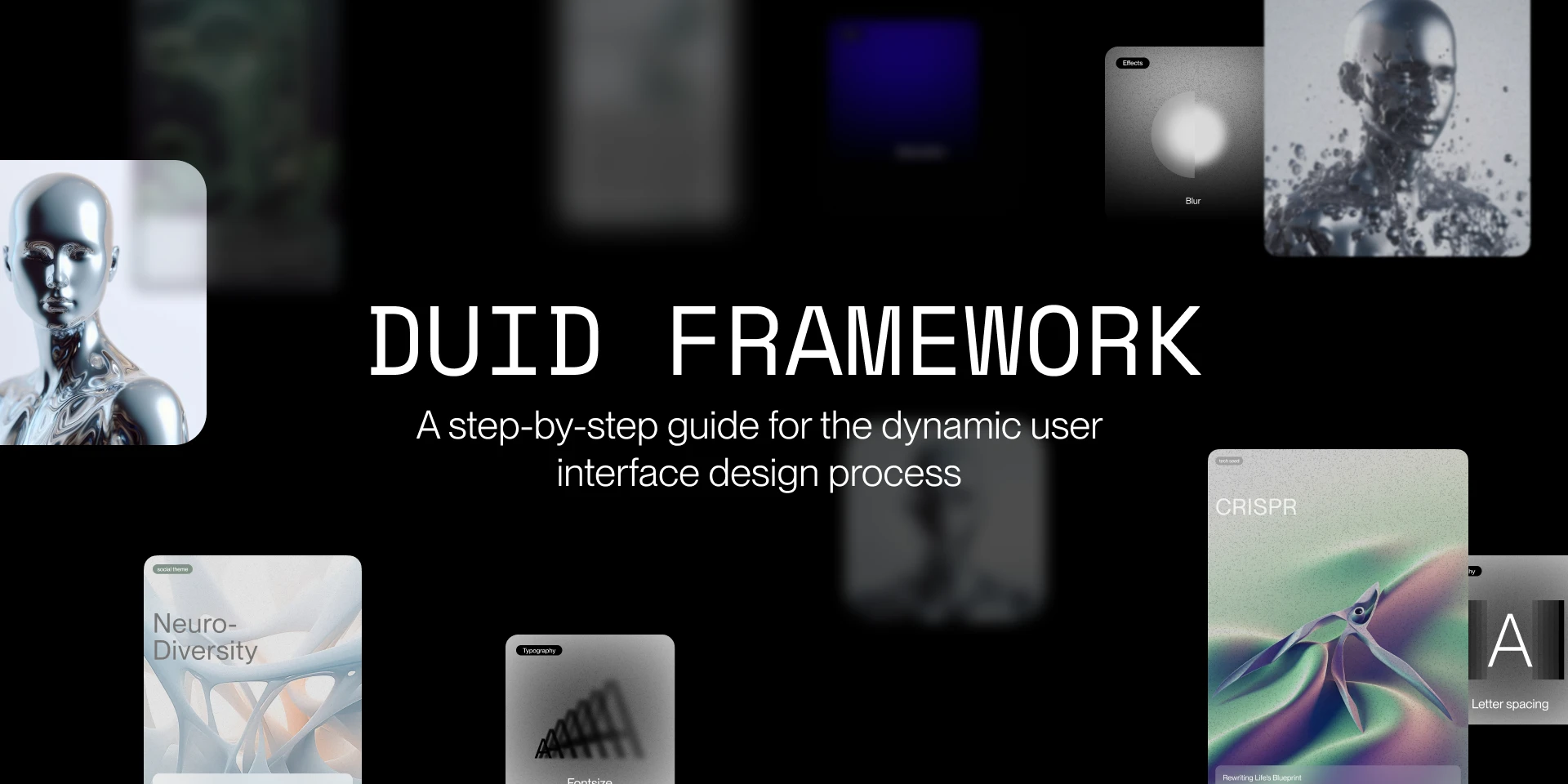
Are you working on DUID alone?
I had two amazing interns who have helped me a lot with shaping and designing what the framework is today. Yanyi Lu and Lilla Török, two to watch.
What makes DUID worth paying attention to?
The DUID framework, for me, embodies three distinctive elements that set it apart from classical design thinking or processes:
Firstly, it serves as a lens for designers and product creators to explore unconventional solutions in user interface design—ushering in a shift from static to dynamic interfaces, both in user interactions and visual aesthetics.
Secondly, it empowers designers to embrace data as a collaborator in their craft, unlocking the potential for data to shape product behaviour and its visual representation.
Lastly, it acts as a compass for futurists, strategists, and product teams, shifting the focus from churning out features to aligning everyone towards a collective vision.
In essence, it forms a bridge between speculative ideation and today's digital product development. Anyone intrigued by this intersection stands to gain from trying out this framework.
Small disclaimer: It is not a classic design thinking framework nor process, so best is to forget what you know about that, turn of your inner judge and trust the process.
Where is DUID at today and what do you see it evolve into?
Today I would call it an MVP, a practical foundation with evident value, yet far from its full potential.
Built within Figjam, it's user-friendly for solo or team use, guiding through the dynamic UI thought process, taking users from zero to 1.
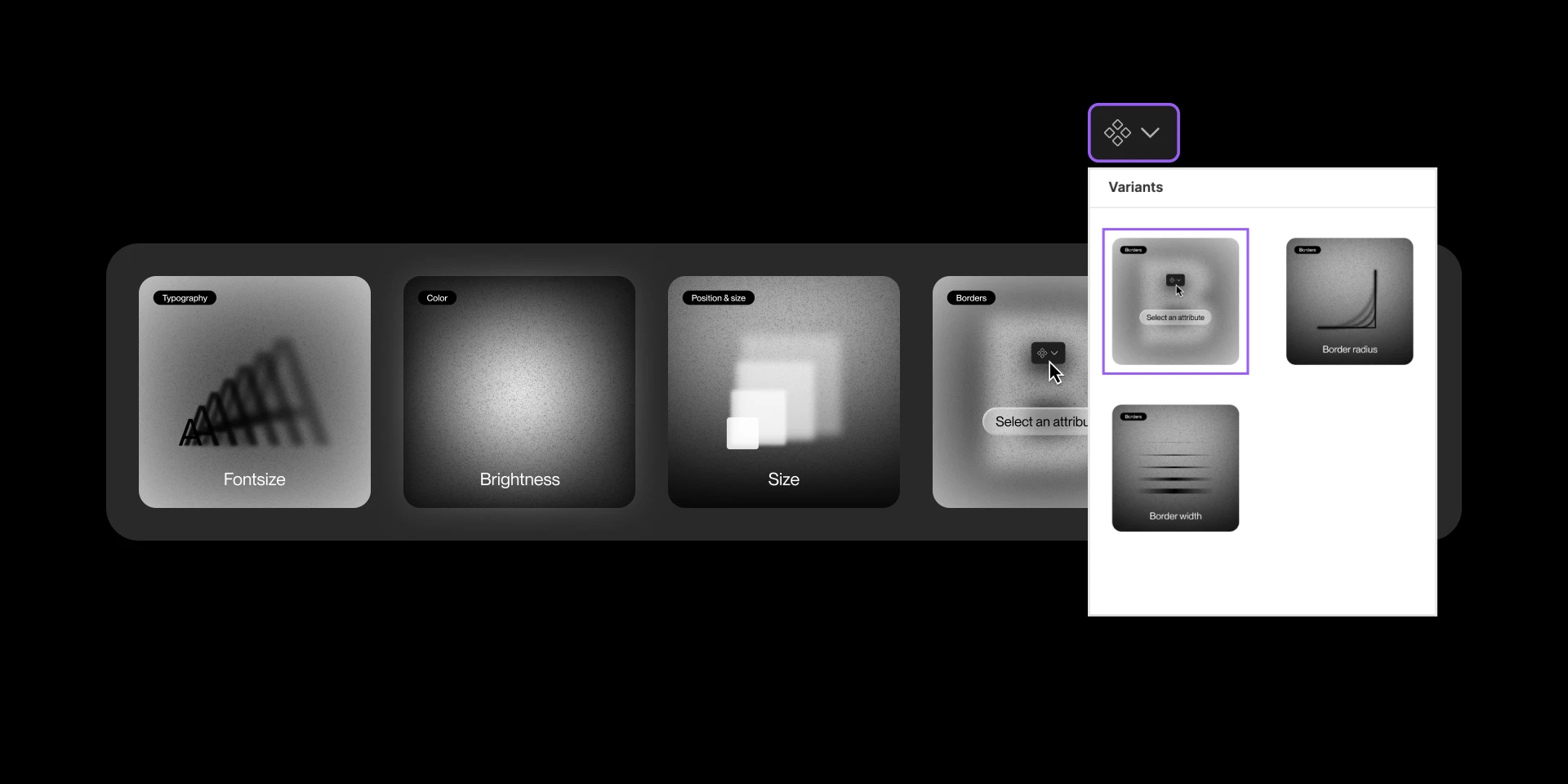
The next step is to craft a design system to support and empower users, designing and developing their ideas beyond that initial step.
Once that is done, I'm also dreaming to develop it into some sort of interactive website, that path remains a slightly undiscovered though. I also do like the fact that Figjam as a tool can support frameworks like this and perhaps I just leave it at that. There is something about leaving things unpolished, especially in a tool for ideation, I believe this fosters creativity and helps turning off your inner critic.
You can check it out for yourselves: DUID Framework 1.1
✨ You reached the end!
Join
